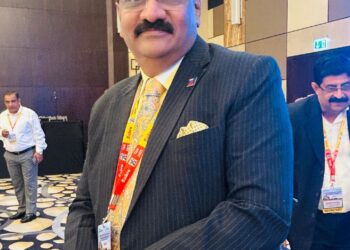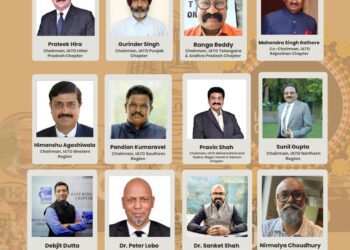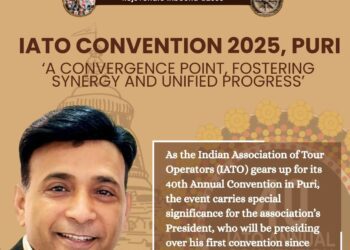
By the end of 2024 and into early 2025, India’s foreign tourist arrivals remained roughly 10% below pre‑COVID (2019) levels — even as global travel rebounded past that benchmark by 5 %. Major hurdles, including persistent visa delays and infrastructure limitations, continue to dampen foreign arrivals. While domestic tourism is booming and the sector is forecast to contribute over ₹22 trillion to the economy in 2025, inbound recovery remains muted. Even critical heritage products like Rajasthan’s Palace on Wheels have seen ridership halved compared to pre‑pandemic figures — underscoring how inbound demand still falls short.
In this challenging scenario, inbound tour operators must urgently explore alternate revenue models. One such opportunity is MICE — Meetings, Incentives, Conferences, and Exhibitions. Globally, the MICE industry is booming: valued at USD 870 billion in 2024, it’s projected to grow to over USD 1.46 trillion by 2030 (CAGR ~9.2%). Specifically, India’s MICE market is already substantial — around USD 49.4 billion in 2024, with a forecast to more than double to USD 103.7 billion by 2030, growing at a robust 13 % CAGR. Other estimates put the MICE tourism market in India at approximately USD 4.5 billion (~₹37,576 crore), highlighting room for growth
The strength of MICE lies in its complexity and scale — multiple bookings, coordination with venues, hotels, transport, content and logistics — offering tour operators higher margins and more stable demand. India’s recent addition of Yashobhoomi, the largest convention and exhibition centre in India (and Asia), enables hosting over 11,000 delegates in its initial phase, making it a standout for large-scale conventions. Alongside this, venues like Bharat Mandapam at Pragati Maidan—capable of seating up to 7,000 people—Jio World Convention Centre in Mumbai with its modular halls, ballrooms, and meeting rooms, the India Expo Centre & Mart in Greater Noida spanning 58 acres of integrated facilities, and Jaipur’s Exhibition & Convention Centre, signify India’s growing strength in MICE infrastructure—creating abundant opportunities for tour operators to pivot effectively amidst sluggish inbound leisure demand.
Inbound Tour Operators must reposition themselves as agile MICE facilitators. This means building expertise in corporate relationships, event coordination, vendor management, and customizing packages for conferences and incentives. By doing so, tour operators can tap into a rapidly expanding market, balance out seasonal inbound dips, and future-proof their business in a post-pandemic travel landscape.
In conclusion, inbound tourism may not have fully bounced back, but the promise of MICE is undeniable. For Indian tour operators staring at stagnating foreign arrivals, MICE isn’t just an alternative — it’s an imperative.
Follow BOTT on LinkedIn, Facebook, Twitter & Instagram
Subscribe BOTT Channels on WhatsApp & Telegram to receive real time updates


































